Charlotte Salomon
1917-1943
Charlotte Salomon had a privileged upbringing in Berlin. Her father was a doctor, but her mother, described as 'disturbed', died by suicide when Salomon was young. At the age of 16, in 1933, the rise of the Nazis further disrupted her life and led her to leave school.
Despite the extreme restrictions on Jewish students in Germany, Salomon was accepted into an art school in 1936. There she excelled for two years, even winning a prize. However, growing anti-Semitism forced her to leave in 1938 before she could complete her studies.
Fleeing Nazi persecution, Salomon went to live with her grandparents in the south of France. There she learned a devastating truth about her family's history of suicide. This revelation, coupled with her grandmother's subsequent suicide, plunged Charlotte into deep emotional distress. The French authorities interned her and her grandfather at Gurs.
Salomon's experience at Gurs was horrific. Her words in later writings suggest that she suffered sexual abuse at the hands of her grandfather, which worsened her mental state after he revealed the truth about her family's history of suicide. This trauma led to a nervous breakdown. A doctor recommended painting as a way of coping.
On her release from Gurs, Salomon poured her life experiences into a large-scale work of art called Leben? Oder Theater? (Life? or Theatre?) This autobiographical work of 769 paintings used fantasy elements to depict her life story, including the death of her mother, her artistic struggles and her relationship with her grandparents. She incorporated text, captions and even musical references to create a dramatic and personal narrative.
Salomon killed her grandfather in 1943, not out of mercy from the Nazi threat, but for personal reasons. Her grandfather, a symbol of her personal struggles, was poisoned with a drug-laced omelette. This act of defiance was documented by Salomon herself in a newly discovered 35-page letter. She even drew a portrait of her dying grandfather as the poison took effect.
Fearing she would be captured by the Nazis, Charlotte Salomon entrusted her life's work "Life? or Theatre?" to a doctor for safekeeping. Tragically, she did not live to see it returned. She married Alexander Nagler in 1943 but they were soon arrested. Their wedding meant that they had to officially register as living in Nice, and this information was passed to the Nazis. On 24 September 1943, Charlotte, who was four months pregnant, and her husband, were arrested by the Gestapo and sent to Auschwitz, where they were most likely murdered upon arrival. However, her artwork survived the war and was eventually returned to her family.
To view Charlotte's life work in full, visit the Jewish Museum, Amsterdam special collection site: https://charlotte.jck.nl
The images below are courtesy of Collection Jewish Museum, Amsterdam. Charlotte Salomon Foundation.
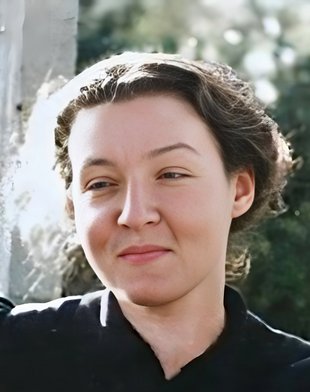
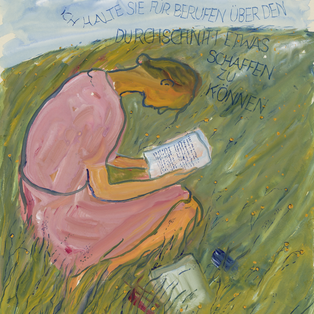
Daberlohn's diagnosis holds encouragement for Charlotte. The etching has no particular artistic merit and betrays no above-average talent, but concept and execution reveal a touching effort, which does not escape him.
'In my opinion you are destined to create something above average.'
Courtesy of Collection Jewish Museum, Amsterdam.
Charlotte Salomon Foundation.
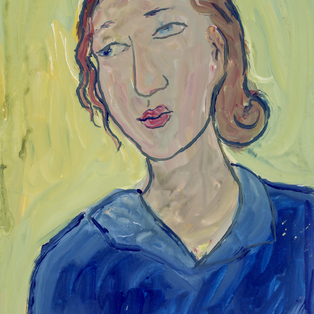
Charlotte is not sure of her emotions. Is it jealousy or something else growing within her where her love is concerned?
Courtesy of Collection Jewish Museum, Amsterdam.
Charlotte Salomon Foundation.
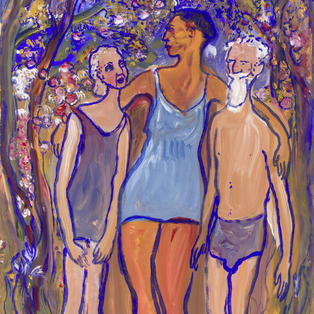
'I'm giving you here one sheet as a parting present: The Darkest Day'.
Courtesy of Collection Jewish Museum, Amsterdam.
Charlotte Salomon Foundation.
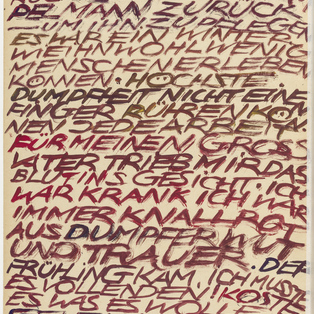
I was in despair. To have gained insight into everything and then have to return to this “puppet” to take care of him. It was a winter that few people could have endured. Profound dullness—unable to lift a finger—everything I did for my grandfather drove my blood to my face. I was sick, I was constantly beet-red from mute rage and grief. Spring arrived. I had to finish it! Whatever the cost. What do I care about the police [or] grandfather. I have to go back to
Courtesy of Collection Jewish Museum, Amsterdam.
Charlotte Salomon Foundation.
